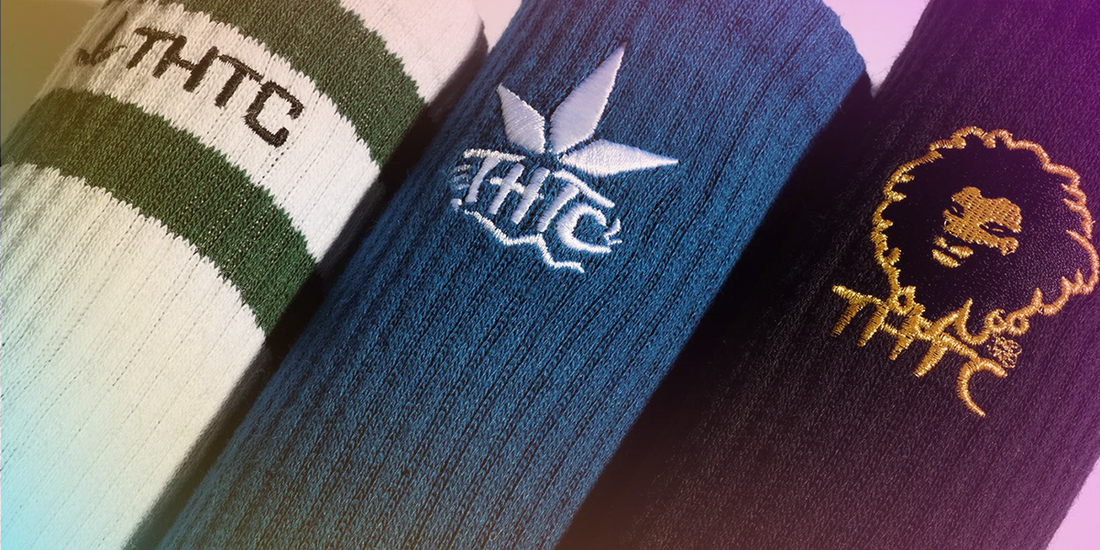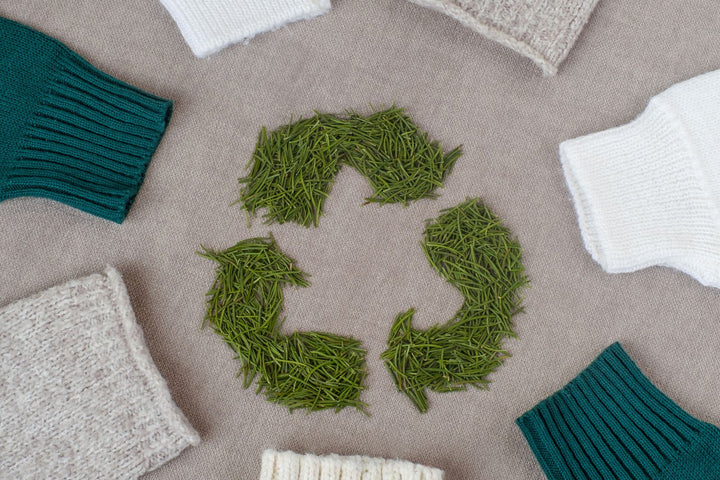TW: We’re gonna be talking about feet a lot. We know some of you like that
You're on your feet all day; bless your cotton socks. Arguably, they're one of the most critical parts of an able-bodied person. Plus, if you're clever and have decent feet, you can earn a tonne selling pictures of them. Joking, of course (or am I?).
However, on a much more serious note, your feet need protection as any part of your naked, vulnerable fleshy body. For most people in the West, a pair of socks is the first line of defence. Socks do much more than prevent your shoes from rubbing and blisters forming on your feet. They create a positive environment, aiding in temperature and moisture control.
Why you need a sock - the historical context
During World War 1, one of the most brutal wastes of human life in history, over 77,000 allied soldiers died of trench-foot, a condition caused by prolonged immersion in water and cold. Prolonged cold and dampness can seriously affect your circulation, leading to loss of circulation. When that happens, parts of your body lose oxygen and essentially die. Prolonged wet feet lead to extreme blistering, permanent nerve damage - and even gangrene.
It became a standing military order to wear socks and ensure they were kept in good order. In today's world, such conditions are sadly only suffered by individuals affected by extreme poverty. As an aside, as homeless populations in the UK have risen since 2008, so have infections such as trench foot.
Even without extreme conditions, our feet can be subject to a lot. Being locked in a dark, leather-bound room might be someone's idea of a great Saturday night - but for your feet, that's every day. The average foot loses around a cup of sweat over 24 hours - and that perspiration contains many naturally occurring bacteria. That moist, warm dark bondage cell you call a shoe is the perfect breeding space for such bacteria.
There are several conditions this can cause:
Smelly Feet aka Bromodosis: No one apart from the weird folks you're sending those pictures to likes the smell of a dank foot - such is olfactory evolution. This is a sign that the bacteria on your trotters have made a beachhead. It'll get worse unless you do something about it. (NB: Around 15% of the world's population is thought to suffer chronic Bromodosis, linked to underlying conditions such as diabetes and Hyperhidrosis.)
Ringworm: A fungal infection that looks and feels horrific
Athlete's Foot: Yet more fungal horror.
Sock Solutions

The humble sock, so feared by the boat-shoe-wearing population of Shoreditch and Brooklyn, thus provides a potential control mechanism to wick away moisture and sweat from your foot.
Some blogs and sports goods sellers love to harp on how synthetic materials are 'technical' - that they are breathable and wick away sweat more effectively than cotton. This is partly true - but there are better solutions than encouraging the fossil fuel industry.
Hemp fibre can wick moisture away effectively - more so than nylon in lab tests. 'Hemp Fibre Properties and Processing Target Textile: A Review, by Malgorzata Zimniewska' is one of our favourite studies. It looks at the 'moisture hysteresis' of hemp, meaning how hemp fabrics absorb and desorb moisture from the air relative to the ambient humidity.
Most natural fibres can do this - but hemp fabric is among the most robust and durable yarns currently used to make socks.
Hemp - an antibacterial agent

The antimicrobial action of retted hemp hurd in vitro
Throughout history, hemp has been documented to resist mildew, mould and fungal growth. This is one of the reasons why hemp was often used as a burial shroud in Asia and Eastern European cultures. Modern science has helped us figure out why. In the first instance, the crystalline nature of hemp fibres makes it a little more tricky for bacteria to get established on the material.
In the second instance, hemp fibre contains many cannabinoids, alkanoids, and other bioactive compounds that actively fight bacteria. In addition, specific properties of the lignin which holds hemp fibres together may also have a part to play.
Recent studies and developments in fabric and resistant materials have shown incredible promise in creating antimicrobial polymers with hemp. A 2021 study published by the Royal Society showed how hemp fibre, grafted with quaternary ammonium compounds, could fight E. Coli and Staphylococcus aureu while maintaining textile quality.
Insulation

Hemp fibres and natural fabrics have always lent themselves to warmth. Cashmere and merino wool are superb in cold weather. However, as they are animal products, they aren't suitable for everyone. Hemp fibres are entirely plant-based and can be woven relatively close together. That weave traps warm air leaving the body and can keep you warm. In addition, hemp fibres are hollow, lending the material to effective thermoregulation - that is, keeping your feet warmer when it's cold and cool when it's warm.
Our hemp socks are thick and blended with organic cotton making them breathable, exceptionally comfy and pretty good at keeping your feet warm.
Sustainable socks

We've said it before, and we'll say it again: hemp is a phenomenally eco-friendly and multipurpose crop. From a sustainability point of view, it provides the following:

Final Words
The equation is pretty simple:
Strength + Moisture Wicking + Antimicrobial + Insulating + Sustainable =
A Superior Sock
(I knew I did A-Level Maths grade for a reason)
Our THTC Socks are pretty darn bullet-proof. My oldest pair is over 4 years old and have minimal damage despite raving my way through life. Moths don't touch it, either. In addition, our material is thick and strong enough to quickly repair, which fits in with our entire REWEAR-REUSE-REPAIR-RECYCLE ethos.
If you're looking for hiking socks, a good pair of liner socks or even something to snowboard in - these are for you. In addition, ours are certified vegan socks, free of all animal products - and hypoallergenic.

Hopefully, the two hours I spent researching and writing this blog will help your overcome cold feet when deciding to buy a pair.



